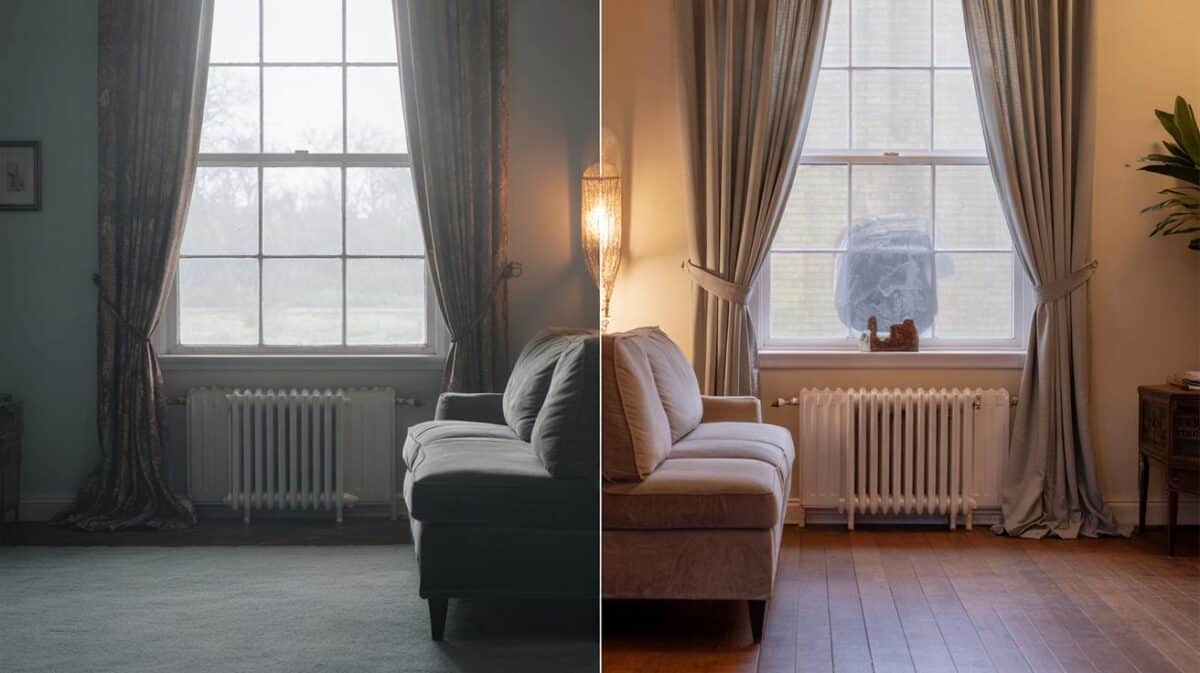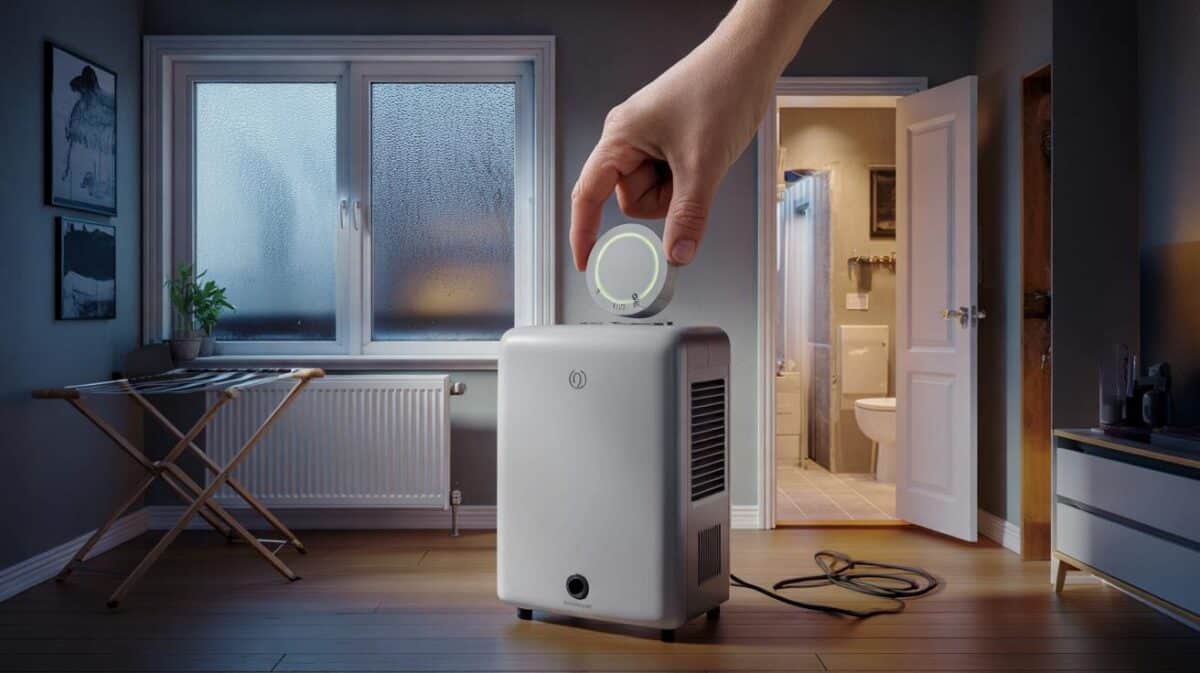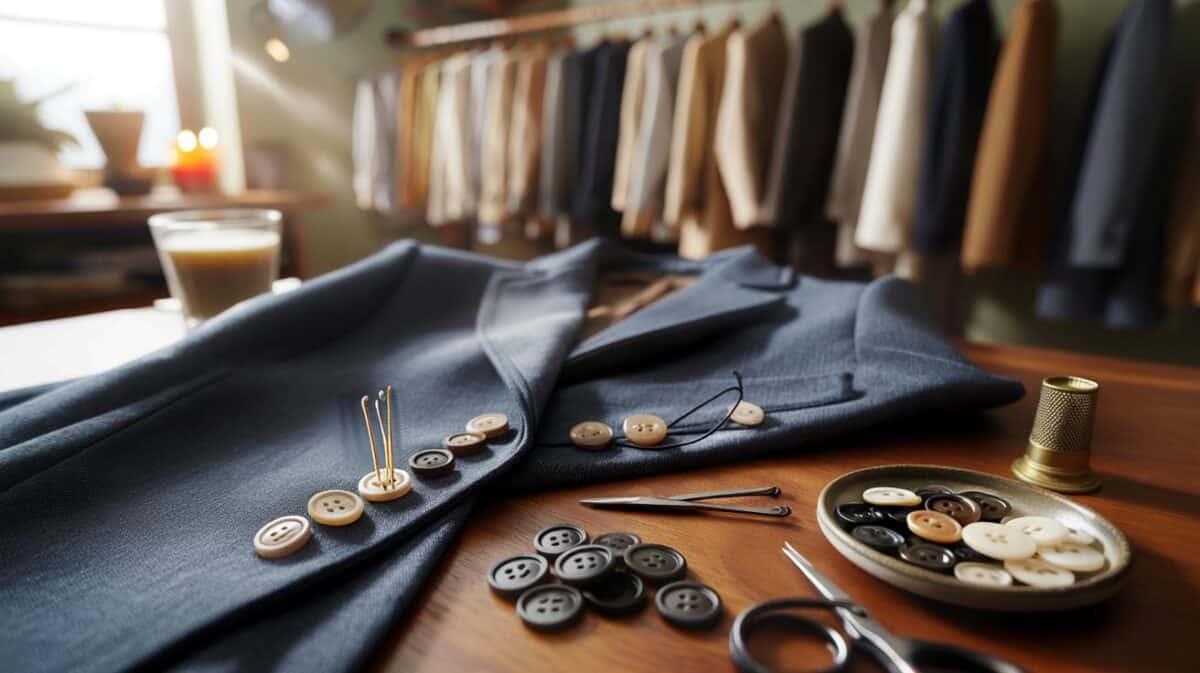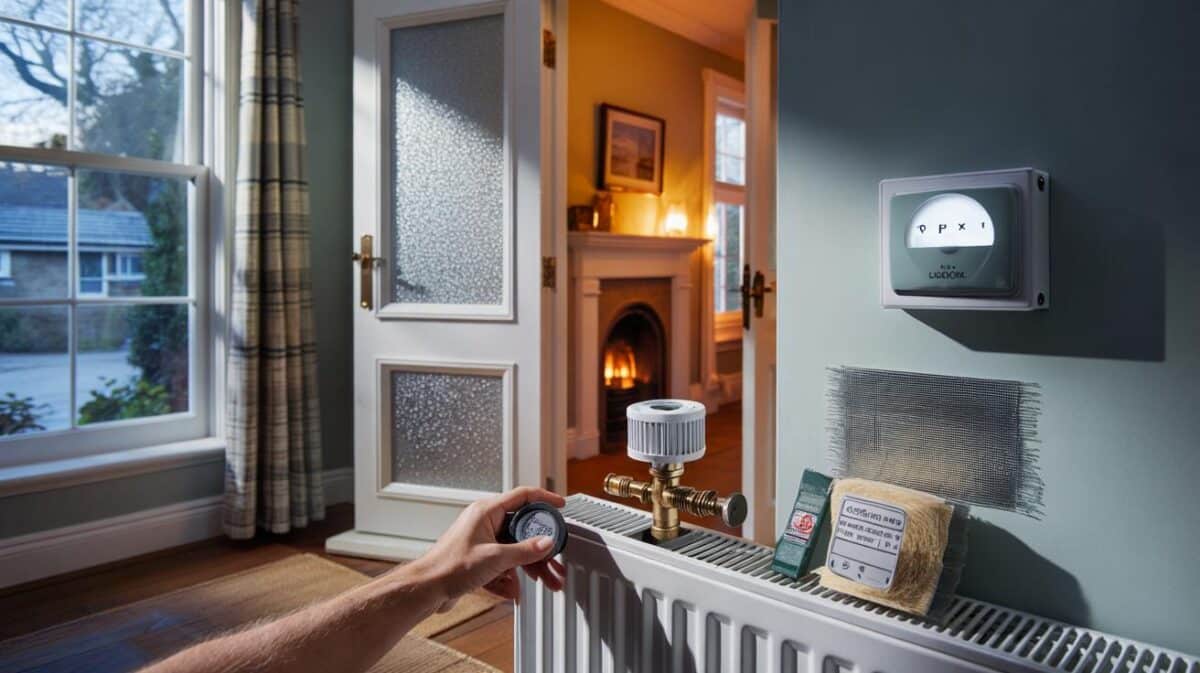Energy prices nibble at the back of your mind. A recipe shouts “Preheat to 200°C,” while your hunger whispers, “Can we just get on with it?” Somewhere between those two voices sits a small, expensive myth.
The other night in a narrow London flat, I watched an oven lamp glow like a tiny sun while a packet of supermarket chips sweated on the counter. The room was warm, the kids were loud, and the timer kept lying—“ready” at 10 minutes, not really ready until 15. My neighbour popped in to borrow soy sauce and laughed: she starts her granola in a cold oven, always has. The chips went in anyway. I listened for that first hiss of oil on metal and wondered how many of us are preheating out of habit, not need.
What if the oven didn’t need the head start?
Why we preheat — and when it truly matters
Preheating isn’t about obedience; it’s about chemistry. You prime the oven so the moment your tray or tin goes in, heat does its quick, decisive work. That’s the break point for rise, crust and colour. Think of it as setting the stage before the actors arrive. It matters most for **bread, pastry and pizza**—foods that rely on instant steam, fast expansion and crisping.
Here’s the picture: Yorkshire pudding batter waits in a jug while beef drips into a tin of shimmering fat. You slide the tray back in until the oil quivers, then pour. The batter explodes into life because the heat is there first. Try that same batter in a lukewarm oven and you get sulky pucks rather than proud crowns. I’ve done both in the same week. One was Sunday glory. One was Monday regret.
The logic is simple physics. Ovens don’t warm evenly the second the light clicks off; they cycle, overshoot and settle. A fan oven moves air, but the walls, racks and stone still need time to heat-soak. That heavy pizza steel? It reaches true temperature well after the display says it’s ready. Preheating locks in a reliable starting point, so recipes behave. Skip it when structure depends on shock, and you’ll taste the compromise.
When preheating wastes time, heat and money
Plenty of dishes love a gentle climb from cold. **Stews, braises and baked potatoes** thrive on slow heat that works its way inward. Slide a casserole into a cold oven, set your target, and let the temperature ramp do you a favour. Fat renders more evenly. Roots soften to the core without scorching edges. Bacon sheets cook flatter and crisper if they start with the oven. Even granola clumps better this way.
We’ve all had that moment when the preheat light pings and we feel we must sprint. Most weeknights aren’t a technical bake—timing is squishy, hunger isn’t. Let’s be honest: nobody actually does that every day. The bigger mistake isn’t skipping preheat; it’s yanking the door open every two minutes and dumping heat you’ve paid for. Trust the clock. Or better, trust the food—listen for the sizzle, watch the edges, learn the smells.
Your rules of thumb can be crisp and kind.
“Heat is an ingredient. Use it on purpose,” says a baker friend who keeps a battered oven thermometer clipped to the back rail.
- Always preheat for: laminated pastry, puff, choux, sponge cakes, pizza, Yorkshire, cookies that need a set edge.
- Preheat the pan more than the air for: oven chips, roast potatoes, toad-in-the-hole, searing veg on a tray.
- Skip preheat for: stews, lasagne, granola, bacon, slow roasts, baked potatoes, low-and-slow ribs.
- Short preheat for: fish fillets in a fan oven, thin veg on a hot tray, reheating leftovers.
- Think mass: stones and cast iron need extra minutes after the beep; empty air does not.
Reading your oven, not the myth
You learn an oven the way you learn a shortcut home: small cues, then confidence. Start noticing where things brown faster—back left, top shelf, centre. Keep an inexpensive thermometer inside and compare it to the display. If you use a stone or steel, treat it like a pan on the hob: give it dedicated heat time, then let it do the crisping. If you’re roasting on a sheet, preheat the empty tray for five minutes and hear that instant sizzle as food hits metal. Your ears are the best gauge most nights.
| Point clé | Détail | Intérêt pour le lecteur |
|---|---|---|
| Preheat with purpose | Use full preheat for structure-driven baking (bread, pastry, pizza) | Better rise, colour and texture without guesswork |
| Cold starts save | Start casseroles, granola, bacon and baked potatoes from cold | Time, energy and cleaner, more even results |
| Heat the hardware | Prioritise hot trays, stones, cast iron over hot air alone | Instant sizzle, crisper edges, less sticking |
FAQ :
- Do I need to preheat for every bake?Not for everything. Reserve full preheats for items that rely on a rapid set or expansion—bread, pastry, pizza, cookies that need crisp edges.
- My oven beeps “ready” too soon. What now?Give it a few extra minutes, especially if using a stone, steel or heavy tray. An internal clip-on thermometer helps you see the real picture.
- Can I start a roast chicken in a cold oven?Yes, especially for slow, juicy results. You may need to extend cooking time slightly and blast at the end for skin if you want extra colour.
- Is fan (convection) different?Fan moves heat faster and can shave time, but solid masses still lag. You can drop the set temperature slightly and rely on airflow for even browning.
- What’s the quickest way to crisp oven chips?Preheat the empty tray until hot, then add chips. A thin film of oil on the tray boosts that first sizzle and gives better crunch.








